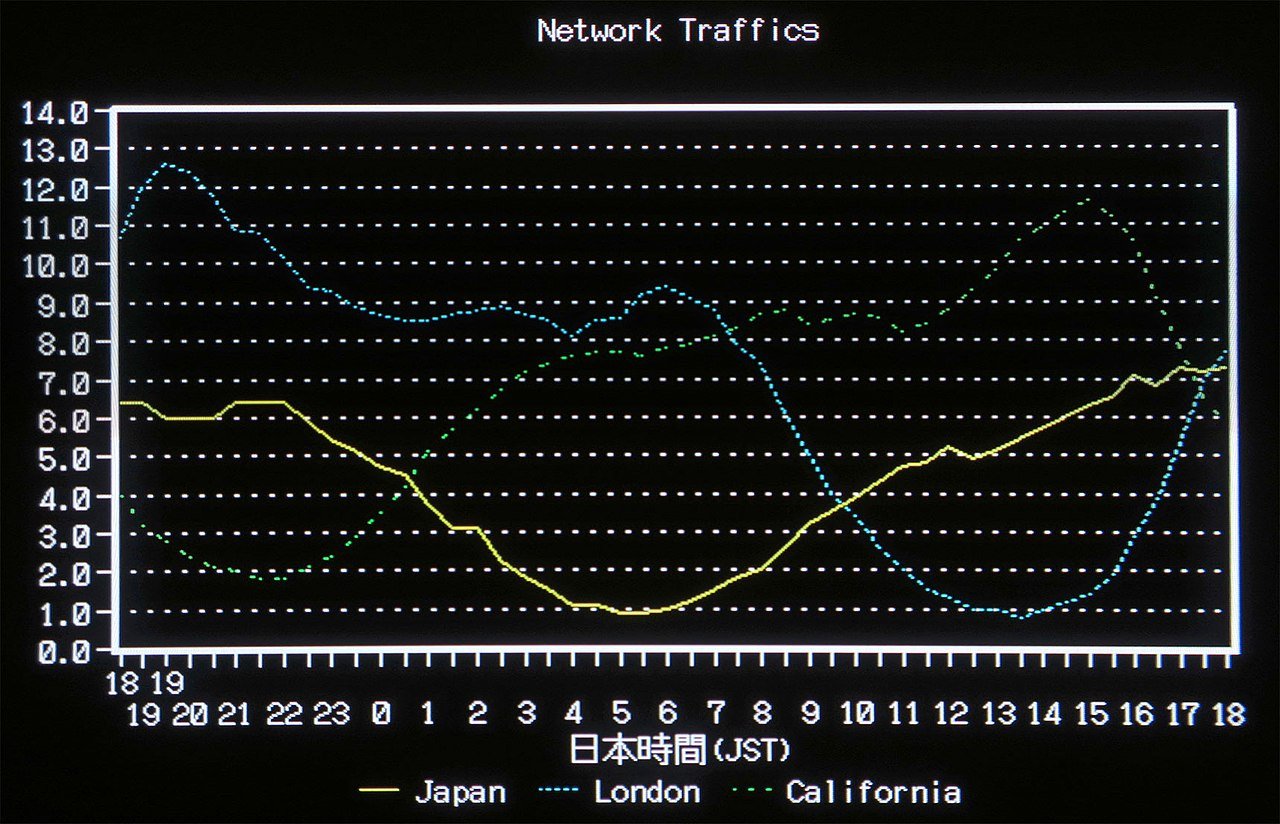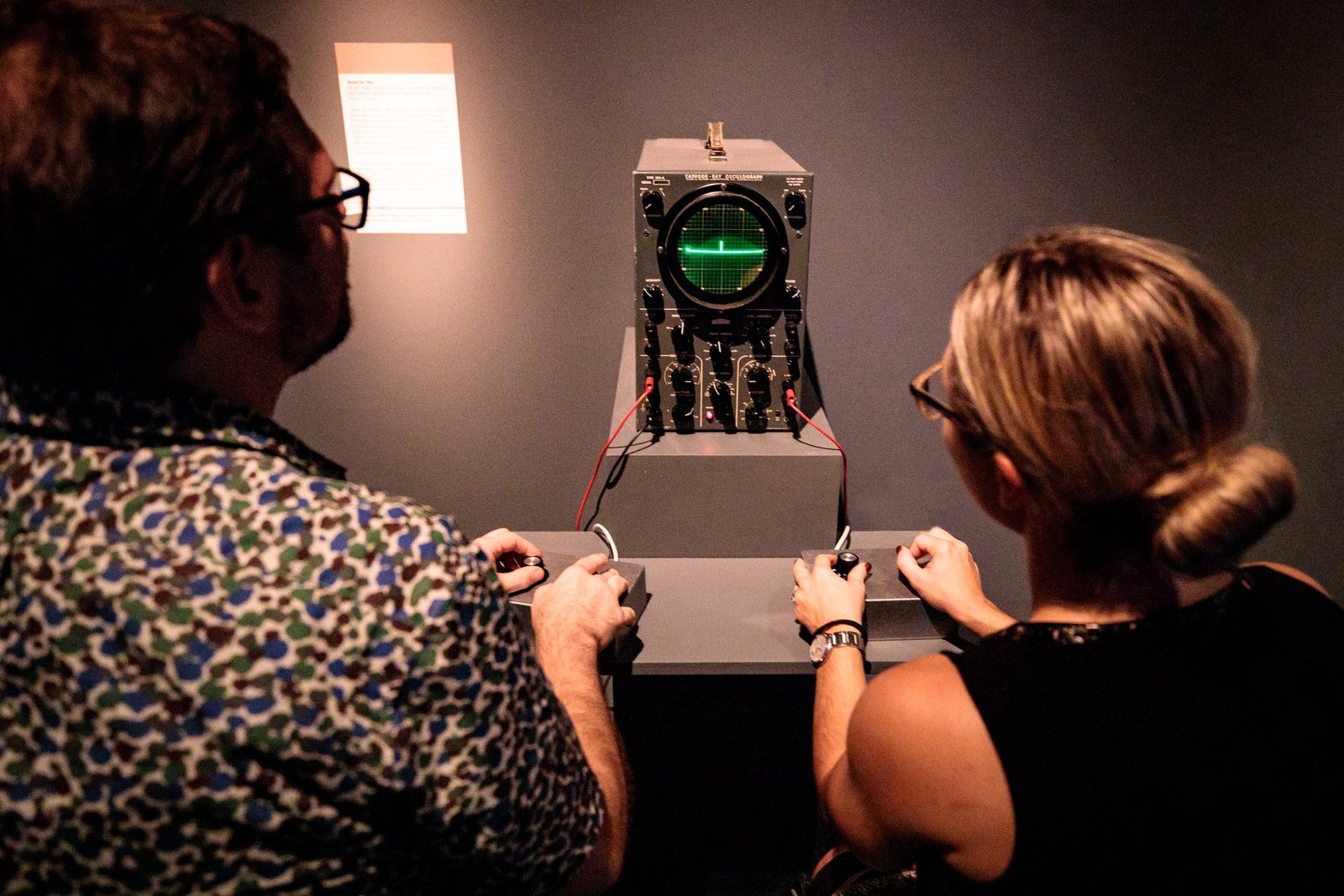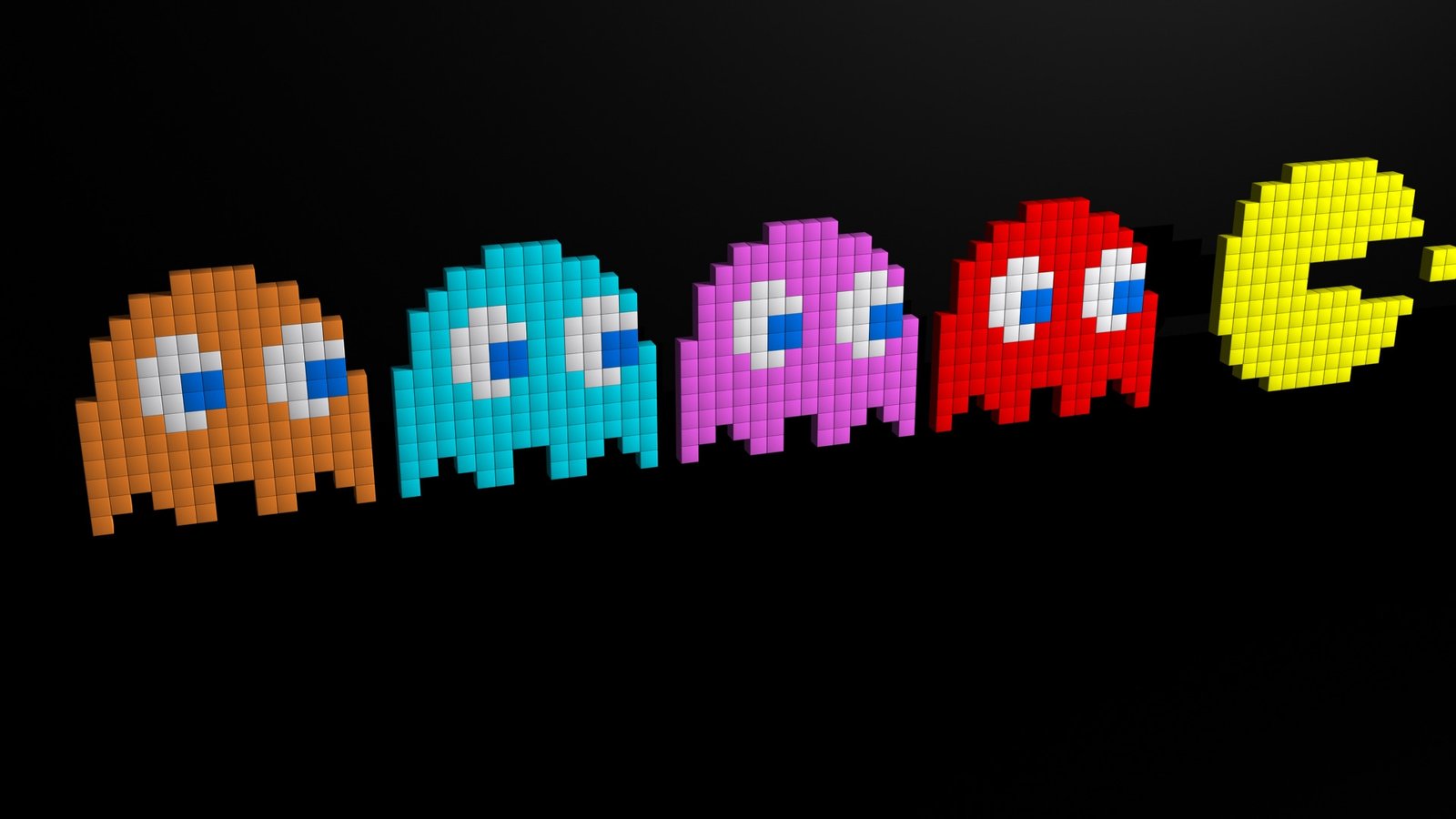The history of video games is often traced back to classics like Pong or Space Invaders. However, the origins of this beloved form of entertainment date even further back to a game called Tennis for Two. Created in 1958 by physicist William Higinbotham, Tennis for Two is considered one of the first interactive electronic games and a pioneer in the field that would become the video game industry. This article delves into the fascinating history, technical aspects, and cultural impact of Tennis for Two, exploring why it remains a significant milestone in the evolution of gaming.
Table of Contents
The Visionary Behind Tennis for Two
William Higinbotham: The Man with a Vision
William Higinbotham, an American physicist renowned for his work on the Manhattan Project, also made a significant mark in the early history of video games. While working at the Brookhaven National Laboratory, Higinbotham sought to create an engaging and interactive exhibit for visitors during the annual open house. His goal was to break away from the usual static displays and introduce something that could captivate and entertain the public, leading to the creation of Tennis for Two.
Higinbotham’s vision was driven by his desire to leverage his scientific and technical expertise to create an interactive experience. He used his background in physics and electronics to conceptualize and develop a game that could simulate the dynamics of a tennis match. His innovative approach involved adapting the principles used in analog computers to control the game, laying the foundation for future developments in interactive entertainment.

Inspiration and Innovation
The inspiration for Tennis for Two came from Higinbotham’s experience with analog computers, which were used to simulate missile trajectories. He realized that these calculations could be adapted to create a simple yet engaging tennis game. By utilizing an oscilloscope as a display and analog circuitry to simulate the ball’s motion, Higinbotham crafted a game that mirrored the physics of an actual tennis match.
His innovative approach involved using an oscilloscope to display a side view of a tennis court. This setup allowed for the straightforward visualization of the ball’s trajectory and the net. Higinbotham’s expertise in physics and electronics enabled him to develop a game that not only entertained but also demonstrated the potential of interactive electronic technology.
The Birth of Tennis for Two
Technical Specifications and Setup
Tennis for Two was an analog game that predated modern digital video games. Unlike today’s digital displays, the game used an oscilloscope to project the action on the screen. The display showed a basic side view of a tennis court, with a simple dot representing the ball and a horizontal line indicating the net.
Players used custom-built controllers made of aluminum, featuring a button and a knob. The knob allowed players to adjust the angle of the ball’s trajectory, while the button was used to hit the ball over the net. The game’s mechanics were based on fundamental principles of physics, including gravity and drag, to simulate the ball’s movement accurately.
Public Reaction and Legacy
Tennis for Two was well-received during its debut at the Brookhaven National Laboratory’s open house. The game’s simplicity, combined with the novel experience of interacting with a screen, made it a popular attraction. Despite the lack of a patent and the eventual dismantling of the setup, Tennis for Two left a lasting impact. It demonstrated the possibilities of interactive electronic entertainment and inspired future innovators in the video game industry, marking a significant milestone in the evolution of gaming.
The Birth of Tennis for Two
Technical Specifications and Setup
Tennis for Two was an analog game, unlike modern digital video games. The game used an oscilloscope as a display, with the screen showing a side view of a tennis court. Players controlled the game using custom-built aluminum controllers with a button and a knob. The knob adjusted the angle of the ball’s trajectory while the button hit the ball over the net.
The game’s mechanics were based on the physics of a real tennis game. It calculated the ball’s trajectory using basic principles of gravity and drag, ensuring that the ball’s path was realistically represented on the screen. The oscilloscope displayed the game as a simple dot and a horizontal line in the center of the screen represented the net.
Public Reaction and Legacy
Tennis for Two was an instant hit among visitors at the Brookhaven National Laboratory’s open house. The game’s simplicity, combined with the novelty of interacting with a screen, made it a popular attraction. Although Higinbotham did not patent the game, and it was dismantled after a few years, Tennis for Two left a lasting legacy. It demonstrated the potential for interactive electronic entertainment and inspired future pioneers in the video game industry.

The Technical Marvel Behind Tennis for Two
The Oscilloscope Display
The use of an oscilloscope as a display device was one of the most innovative aspects of Tennis for Two. Oscilloscopes are typically used to visualize electrical signals, but Higinbotham repurposed this technology to display a game. The screen showed a simple, two-dimensional representation of a tennis court, with a dot representing the ball and a line for the net. This essential visual setup was groundbreaking at the time, showcasing the potential for electronic displays in entertainment.
Analog Computation and Game Mechanics
The game mechanics of Tennis for Two were based on analog computation. The ball’s trajectory was calculated using basic physics equations, accounting for gravity and drag. This allowed the game to realistically simulate the motion of a tennis ball, making the gameplay experience more engaging and authentic. The use of analog technology was a necessity at the time, as digital computers were still in their infancy and not yet capable of handling such tasks.
Controllers and User Interaction
The controllers used in Tennis for Two were custom-built devices that allowed players to interact with the game. Each controller had a knob for adjusting the angle of the ball’s trajectory and a button for hitting the ball. This simple interface made the game accessible and easy to play, even for those with no prior experience with electronic devices. The design of these controllers was a precursor to the more sophisticated input devices used in modern video games.
A Closer Look at the Milestone of Tennis for Two
Clarifying the Legacy
As we delve deeper into the history of Tennis for Two, it’s essential to address some common questions that often arise when discussing the origins of video games. These questions help clarify the game’s significance and place in the broader narrative of gaming history.
Was Tennis for Two the First Video Game?
Tennis for Two is frequently cited as one of the first video games, but the definition of what constitutes the “first” video game can be complex. While Tennis for Two was one of the earliest interactive electronic games displayed on a screen, it wasn’t the absolute first. Earlier examples include the Cathode Ray Tube Amusement Device, created by Thomas T. Goldsmith Jr. and Estle Ray Mann in 1947, which was a missile simulation game using analog circuitry and a cathode ray tube display. However, Tennis for Two was unique in its use of an oscilloscope to display a graphical representation of a tennis game, making it one of the first games to offer a more visual and interactive experience.
What Was the World’s First Video Game?
The title of the world’s first video game often goes to the Cathode above Ray Tube Amusement Device. Created in the late 1940s, it was an analog game that allowed players to control a dot representing a missile attempting to hit targets. This game predates Tennis for Two and was the first to use a screen to display game elements. However, the term “video game,” as we understand it today, wasn’t widely used at that time, and the technology was quite different from the digital games that would follow.
What Was the First Two-Player Video Game?
Tennis for Two is notable for being one of the first games to feature two-player gameplay. This multiplayer aspect was a significant innovation, as it allowed players to compete against each other in real time. Each player had a controller, enabling them to interact with the game independently. This setup paved the way for future multiplayer games and was a crucial step in the development of interactive entertainment. Prior to this, most games were single-player experiences or involved non-interactive elements.
By addressing these questions, we can better understand Tennis for Two’s pioneering role in the history of video games. It was a groundbreaking achievement that laid the foundation for the interactive and multiplayer aspects of gaming that we take for granted today. While it wasn’t the absolute first video game, its contributions to the medium were significant, influencing the design and development of future games.
The Impact and Influence of Tennis for Two

Early Influence on the Gaming Industry
Tennis for Two may not have been widely known outside of the Brookhaven National Laboratory, but its influence on the gaming industry was profound. It demonstrated the feasibility of interactive electronic games and laid the groundwork for future innovations. The game’s use of a screen and controllers set a precedent for later video games, such as Pong, which would popularize the concept of electronic gaming.
Pioneering Concepts in User Interaction
The interactive nature of Tennis for Two was a pioneering concept in the late 1950s. At a time when most electronic devices were static and non-interactive, the game offered a new way for people to engage with technology. This concept of interactivity would become a cornerstone of the video game industry, influencing the design and development of countless games in the decades to come.
Legacy and Recognition
While Tennis for Two was not commercially released and did not reach a broad audience, it has been recognized as a significant milestone in the history of video games. The game is often cited as one of the earliest examples of an interactive electronic game, predating other early video games like Spacewar! and Pong. Higinbotham’s work has been honored in various retrospectives and exhibitions, celebrating his contributions to the field of electronic entertainment.
Comparing Tennis for Two with Later Video Games
Similarities and Differences with Pong
Tennis for Two and Pong share a similar concept, both being tennis-based games displayed on a screen. However, there are significant differences between the two. Tennis for Two used an oscilloscope and analog circuitry, while Pong utilized a television screen and digital logic circuits. Pong’s gameplay was also more advanced, with scoring and more sophisticated controls, but the core idea of a tennis game with two players remained consistent.
Technological Evolution in Video Games
The technology used in Tennis for Two was rudimentary compared to what would come later. The use of analog computation and an oscilloscope display was a far cry from the digital graphics and advanced processors of modern video games. However, the game was a crucial stepping stone, demonstrating that electronic devices could be used for entertainment and paving the way for future advancements in the field.
Cultural Impact and Legacy
Tennis for Two may have had a different cultural impact than later games like Pong or Space Invaders, but its significance must be recognized. The game represented a shift in how people interacted with technology, offering a glimpse into a future where electronic entertainment would become a significant industry. It also highlighted the potential for games to be more than just passive experiences, encouraging players to engage and interact with the content.
The Resurgence of Interest in Early Video Games
Revival and Reconstruction Efforts
In recent years, there has been a resurgence of interest in the history of video games, leading to efforts to reconstruct and revive early games like Tennis for Two. Various projects have aimed to recreate the game using modern technology, allowing new generations to experience this pioneering piece of gaming history. These efforts have helped preserve the legacy of Tennis for Two and highlight its importance in the evolution of the video game industry.
Educational and Historical Significance
Tennis for Two holds significant educational and historical value, offering insights into the early days of video game development. The game is often featured in exhibitions and museums dedicated to the history of computing and video games, providing a tangible connection to the past. It serves as a reminder of the innovative spirit that drove early pioneers like William Higinbotham and the foundational role their work played in shaping the industry.
Modern Homages and Tributes
The impact of Tennis for Two is also celebrated through modern homages and tributes. Contemporary video games and projects often draw inspiration from the aesthetics and mechanics of early games, including Tennis for Two. These modern tributes pay respect to the simplicity and innovation of early video games, demonstrating the lasting influence of Higinbotham’s creation. By incorporating elements of Tennis for Two into new designs, these homages highlight the game’s enduring significance and its place in the broader narrative of electronic entertainment, ensuring that its legacy continues to inspire and influence the gaming world.
Tennis for Two is more than just a historical curiosity; it is a pioneering achievement that laid the groundwork for the modern video game industry. William Higinbotham’s creation was a remarkable feat of innovation, showcasing the potential of interactive electronic entertainment long before the term “video game” even existed. While the game may have been relatively simple by today’s standards, its impact was profound, influencing future generations of game developers and setting the stage for the explosive growth of the industry.
As we reflect on the history of video games, Tennis for Two stands out as a seminal work that helped define the medium. Its legacy is preserved not only in the annals of gaming history but also in the continued efforts to reconstruct and celebrate this early masterpiece. By exploring the story of Tennis for Two, we gain a deeper appreciation for the roots of video gaming and the visionary individuals who helped shape the future of entertainment.














